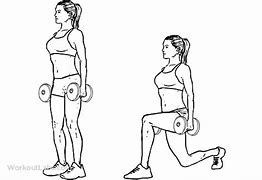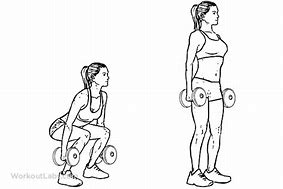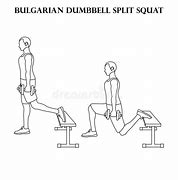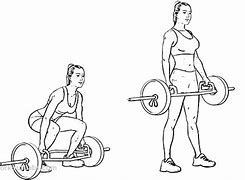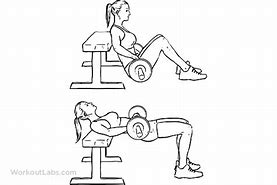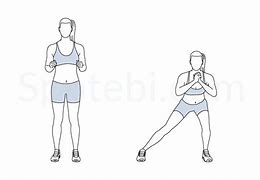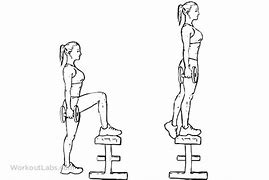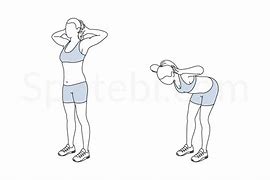1. Dumbbell rear-delt fly
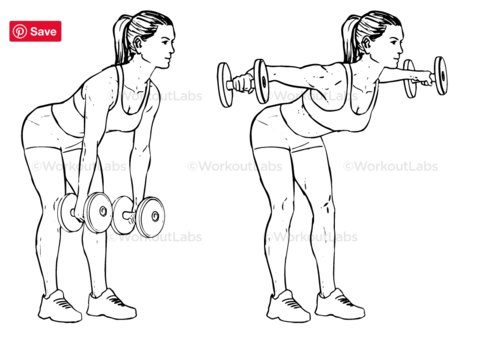
Benefits: the posterior delt are very undertrained and is one of the reasons shoulder injuries are so common. This exercise targets them to make sure that all part of the shoulder are trained evenly, resulting in proper shoulder alignment and mobility. Stand up or sit on a bench, holding a set of dumbbells down at your sides. hinge forward if standing and keep back flat, your chest should be almost parallel with the ground. Allow the weights to hang straight down at arm’s length, palms facing each other. Maintaining a slight bend in your elbows begin to lift the dumbbells to the side by squeezing the shoulder blades together and lift them until they are in line with your body. Pause, then slowly lower the dumbbells back to start, and repeat. try not to use momentum by going too fast
2. Bent-over row
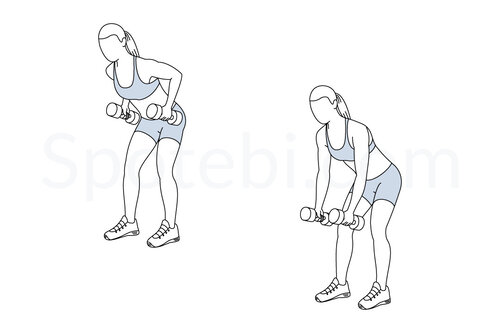
Benefits: Most people have postural issues because we tend to be hunched over a computer all day or our phone. Rows can help lower your back pain and correct your posture! Stand tall, holding a set of dumbbells at your sides, with your palms facing your body. (You can also use a resistance band: Loop the band around each foot. Hold the left handle in your right hand and the right handle in your left hand so that that the band forms an “X.”) Keeping your back flat, core braced, and knees slightly bent, bend at the waist so that your back is just above parallel with the floor. Your arms should hang toward the floor. Row the dumbbells to the sides of your ribs, squeezing your shoulder blades together at the top of the movement. Pause, then slowly lower your arms back down, and repeat.
3. Standing or seated bicep curl
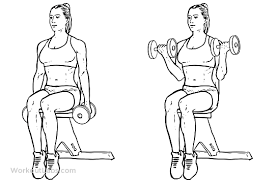
Benefits: biceps curls are good for promoting shoulder stability if you learn to keep your shoulders stable while doing them. they also look great! Stand with your feet shoulder-width apart, or seated on a bench, hold two dumbbells at your sides, palms facing away from your body. Keep your back straight and your elbows by your sides, then slowly curl the weights as close to your shoulders as possible. Slowly lower back and repeat.
4. Overhead tricep extension
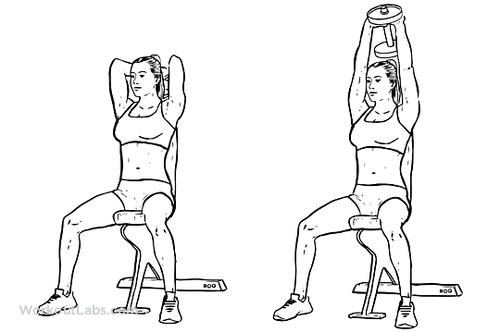
Benefits: a great exercise to isolate the tricep muscles, so you can really feel the burn.standing or seated at the end of a bench, hold one end of the dumbbell with both hands behind your head, arms bent at 90 degrees. Keeping your back flat and your elbows tucked, slowly push the weight up trying to not lean forward, stopping just short of full extension. Pause, and then lower the weight slowly back down, and repeat.
5. Arnold press
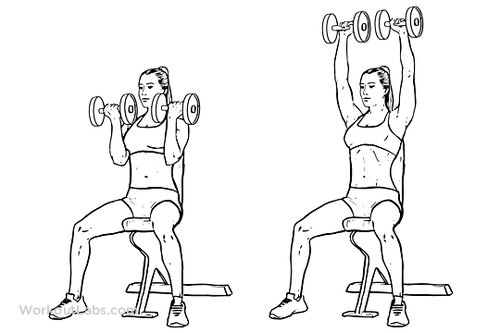
Benefits: it works all three sections of your deltoid muscle at one time— the anterior (front), medial (side), and posterior (rear). Hold two dumbbells in front of your chest with your palms facing toward your body, keeping your elbows close to your body. This is your starting position. Press the dumbbells up above your head, rotating your palms out so that when you reach the overhead position, they face away from your body. Reverse the motion to lower the dumbbells back down, rotating your hands so your palms end facing your body, and repeat.
6. DB Pullover
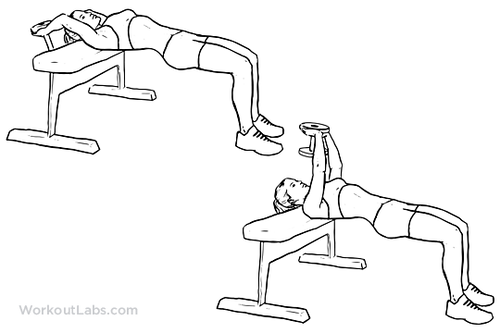
Benefits: helps build strength in your lats and pecs, plus your core if performed correctly. Lay with your back on a flat bench (either like the picture or laying parallel on the bench), holding a set of dumbbells. With your feet planted on the ground and your core engaged (key), your arms should be up in front of you, holding the dumbbells together above your chest. Keep a slight bend in your elbows, slowly lower your arms overhead so your biceps are at your ears. Then bring your arms back to above your chest and repeat.
7. Lateral Raise

Benefits: Targets the shoulders (delts), especially the lateral and anterior heads of the deltoid muscle. Start with a pair of light dumbbells by your side abduct your arms (lifting the weights out and away from your body) until they form a "T" shape at your shoulders. slowly lower them down and repeat.
8. Monkey Curls
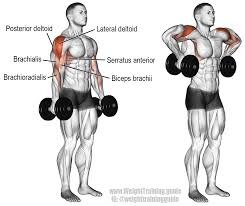
Benefits: a unique exercise that works your delts, biceps, brachialis and serratus anterior. Begin with a pair of dumbbells in each hand. Bring the dumbbells to the side of your body as you exhale, pull the dumbbells as far up the sides of your body as is comfortable.(keep your shoulders relaxed) and then back down to your sides and repeat.
9. Pull-Ups
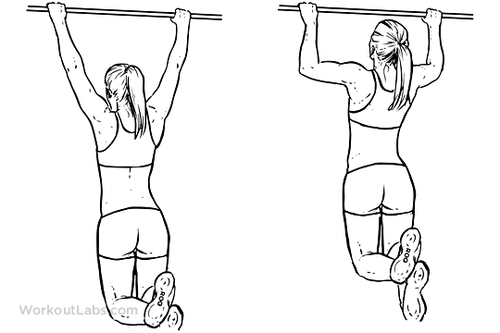
Benefits: pull ups to train biceps, lats, scapular retractors, forearms, and it even trains the muscles of the core when performed correctly. this motion helps correct posture and shoulder stability! Grip the bar with both hands, shoulder width apart, and your palms facing away from you. Hang with arms and elbows fully locked out. Pull yourself up, chin over the bar. Keep your back tight, relax your neck and bring your shoulders away from the ears. Engage your core throughout. Lower yourself slowly and controlled until your arms are fully extended and straight again.
10. Push-Ups
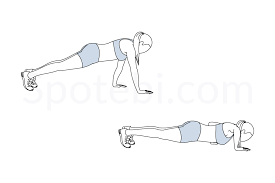
Benefits: they work the triceps, pec muscles, and shoulders. If you do them with proper form, they can also strengthen the lower back and core by engaging (pulling in) the ab muscles.Position your hands shoulder-width apart, or a bit wider. Bend your elbows and lower toward the ground, your elbows are about 45-degree angle to your body (do what feels good) keep your back flat and core engaged. press self back up and repeat. Can be done on your knees!
